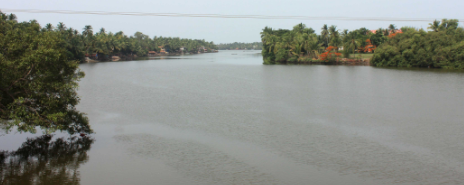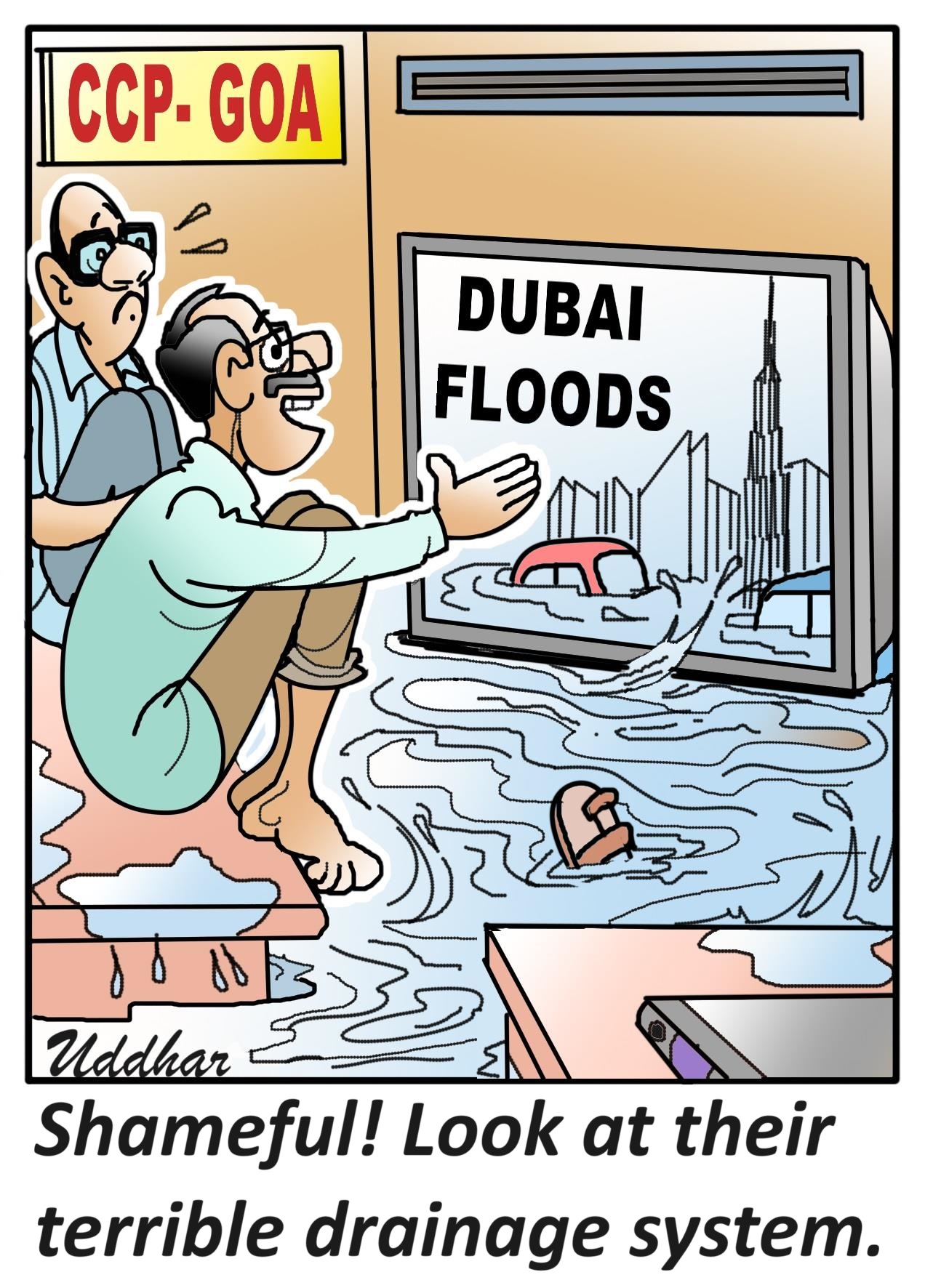
It is not at all surprising that marine life in River Sal is under threat of being severely wiped out due to pollution in the waters. Local fishermen who have been fishing in the river for generations point out that the pollution in the river, primarily due to waste disposal and discharge of oil from boats, has led to several shellfish species almost disappearing from the river. It has resulted in losses to the families who depend on the river for their livelihood, as the catch has dropped by 75 per cent, they claim. Their fear is that in the coming years, shellfish such as mussels, oysters and black water clams may completely disappear from the river.
The concern they have voiced is not unjustified. There can be no denial from the authorities that River Sal is polluted. In 2018 the Central Pollution Control Board (CPCB), which had graded river pollution on the basis of biochemical oxygen demand (BOD), where if it is greater than the permitted limit of less than 3.0 mg/L it is polluted, had found that the stretch of River Sal, extending from Khareband to Mobor, had come in category III of pollution, which means that the BOD was at a level between 10-20 mg/L, that is quite high. A river with a BOD of less than 3mg/L is considered healthy. Other than River Sal, the same report had found another 11 stretches of various rivers to be polluted. What then was done since 2018 to 2021 to clean up River Sal and also the other rivers?
Causes of pollution in rivers include the dumping of untreated sewage and all other waste. Fishermen have pointed out that raw sewage is being released from two sewage treatment plants along River Sal. They have also alleged that vessels have been releasing oil in the river. While these are the two main causes of pollution, there are other reasons, which include diversion of waters, encroachments of catchment areas and floodplains, over drawl of groundwater, river bank erosion on account of illegal sand mining. All of these occur in Goa too, and unless steps are taken to clean up all the rivers in the State, the problems that the fishermen on River Sal are facing will be faced by their colleagues on other rivers too.
River pollution is a definite threat to aquatic life. But, if the pollution is caused by humans, it can also be reversed. All that is required is the will to do it and then the efforts to make it happen. It has been known that River Sal is polluted, by now there should have been a proper plan to clean it and also implementation of the plan. That fishermen have again raised the issue indicates that there has been little effort made to find a long-term solution to the pollution in the river. Goa has spent years merely discussing the pollution and its causes, without cleaning up the river. What is now called for is action.
River Sal and all the other rivers of Goa require a thorough cleaning up. The first act should be reducing the pollution and improving the water quality in the river. There exists technology to find solutions to the problems. But what is also important is to ensure that this technology is suitable to the existing environmental conditions. Further delays in finding the solutions should be avoided as it can only exacerbate the issue further. The State has been taking pollution in the rivers too lightly, permitting development and industrialisation, while disregarding the natural resources. Unhealthy and polluted rivers are the result of this and unless there are some urgent remedial measures, the rivers will get further polluted.
